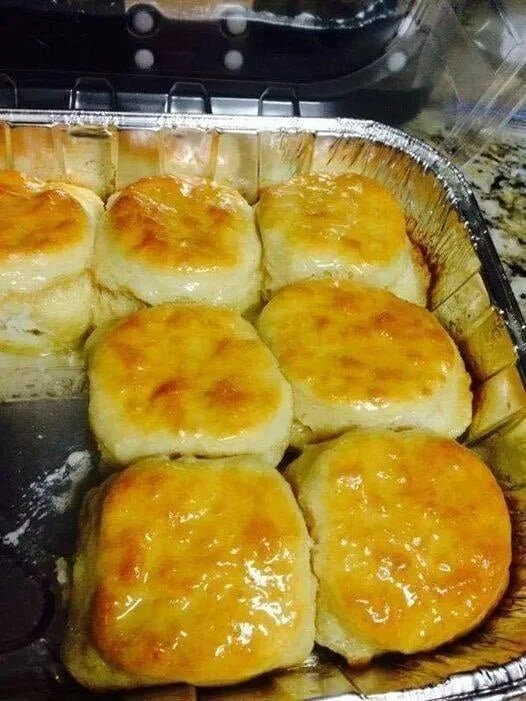ADVERTISEMENT
You’ve probably heard about the low-carb, high-fat diet that’s so popular among actors and models, and with good reason: low-carb diets offer proper nourishment with whole foods while keeping your body burning fat for fuel. This is a great way to be, as it makes fat loss largely effortless! But where does this “ketogenic” word fit into the picture?
Well, ketogenic comes from the word “ketosis“, which is a state in which your body breaks down fat molecules into ketones to provide energy. This state is achieved through very low carbohydrate intake and higher than normal fat intake. The “normal” state of the body’s metabolism is called “glycolysis”, where carbs are burnt for energy. The long and short is that when your body is in carb-burning mode, it will use all available carbs for energy before it touches stored fat. In ketosis, your body is primed to burn fat, and this is great news for anyone trying to get trim and slim.
Benefits of Ketosis
By cutting carb intake significantly, we can drastically reduce insulin resistance, the precursor to type 2 diabetes. In addition, low-carb diets, along with exercise, can be very effective at helping alleviate the symptoms and progression of type 2 diabetes. Beyond that, ketosis itself is appetite-suppressing, meaning your hunger will naturally check itself, increasing your caloric deficit and making you lose fat even faster.
Getting Started
Ketosis takes some time to get into – about two weeks of low-carb eating is required for the initial adaptation. During this time there will be bouts of sluggishness, fatigue, headaches, and some gastrointestinal issues as you adapt, often referred to as “keto flu“. Proper electrolyte intake will correct most of these issues. In addition, the “diet” aspect of this ketogenic diet plan – that is, the caloric restriction – shouldn’t be worried about. Weight loss will come as your body regulates appetite as it the addiction to sugar and processed food lessens, so restricting calories during the initial two weeks isn’t recommended.
The meal plan is designed to ensure you get three balanced, healthy meals a day that addresses fiber, satiation, and adequate protein intake. The greatest part of a ketogenic diet is the fact that it spares muscle loss, whereas a carb-based diet doesn’t. Weight lost in a high-carb, calorie-restricted diet will often come both from muscle and fat, whereas with keto, you can burn fat without sacrificing muscle. This is referred to often as “body recomposition” and leaves you with a much more preferred physique after weight loss.
Additional Points of Interest
Ketogenic diets often create a significant loss of water during the first phases. This is because carbs are converted to glycogen in your body, which is stored in water within the muscles and liver. As you deplete stored glycogen, your body flushes this water out. This is a huge part of the initial weight loss during the first few weeks of ketosis. While the rapid fat loss does occur at first, a lot of water weight is often dropped as well, but this is a great encouragement as it often results in both weight loss and less bloating, allowing clothes to fit better.
Foods Recommended on a Ketogenic Diet
Meat: Beef, goat, lamb, turkey, pork, veal, chicken.
Fish: Salmon, trout, catfish, sardines, tuna, haddock, and many others.
Fruits: Strawberries, blueberries, raspberries, avocado.
Vegetables: Broccoli, asparagus, Brussels sprouts, cucumbers, and many others.
Nuts and Seeds: Almonds, walnuts, sunflower, pumpkin, sesame, etc.
Dairy Products: Cheese, Greek yogurt, sour cream, heavy cream.
Fats and Oils: Peanut Butte, flaxseed oil, butter, sesame oil, olive oil, and almond oil. ( If you want to see more ketogenic diet foods, read this: The Ultimate List of Foods to Eat on a Ketogenic Diet
Foods to Avoid on a Ketogenic Diet
Grains: Grains: Wheat, oats, corn, barley, and rye. Includes bread and pasta.
Artificial Sweeteners: Sucralose, Equal, Acesulfame, Splenda, Saccharin, etc.
Processed Foods: If it contains carrageenan, don’t eat it.
“Low-fat” products: Atkins products, drinks, gluten, diet soda, etc.
7-Day Ketogenic Diet Meal Plan And Menu
So you have found the ketogenic diet, have figured out your macros and you are itching to get started. Here is a ketogenic diet meal plan for one week. If you are just getting situated use this basic plan to help get going.
I HAVE LOST 45 POUNDS IN 4 MONTHS WITH A KETOGENIC DIET
I just started MONTH five of a ketogenic diet(45 lbs lost). I’m by no means an expert. I am now 46 years old and I have spent my entire life trying to lose weight. Ironically I have also spent years learning about nutrition and exercise. Figuring out macronutrients just comes naturally to me as I have done it so much over my life. By following a keto diet this is the first time I have seen any real success in losing unwanted pounds. This is despite years of working out and being active.
I have had a very successful go of it so far, and I feel that a lot of you who are trying to get started with a ketogenic diet may get overwhelmed and confused with all of the numbers and information that is coming at you. Hence this ketogenic diet meal plan. It is what I am doing to keep things simple. I am a guy. I need simple.
continued on next page
